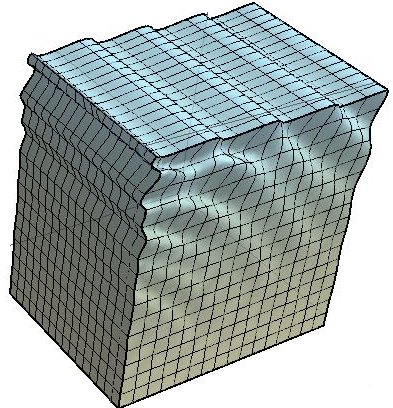Abstract
We present examples of body wave and surface wave propagation in deformed solids where the slowest and the fastest waves do not travel along the directions of least and greatest stretch, respectively. These results run counter to commonly accepted theory, practice, and implementation of the principles of acousto-elasticity in initially isotropic solids. For instance, we find that in nickel and steel the fastest waves are along the direction of greatest compression, not greatest extension (and vice-versa for the slowest waves), as soon as those solids are deformed. Further, we find that when some materials are subject to a small-but-finite deformation, other extrema of wave speeds appear in non-principal directions. Examples include nickel, steel, polystyrene, and a certain hydrogel. The existence of these “oblique”, non-principal extremal waves complicates the protocols for the non-destructive determination of the directions of extreme strains.

Highlights:
- We revisit the theory of acousto-elasticity in deformed isotropic solids.
- Intuition suggests that slowest and the fastest waves should travel along the directions of least and greatest stretch.
- We find examples where this is not the case, for body and for surface waves.
- These results complicate accepted protocols for finding the directions of greatest strains.